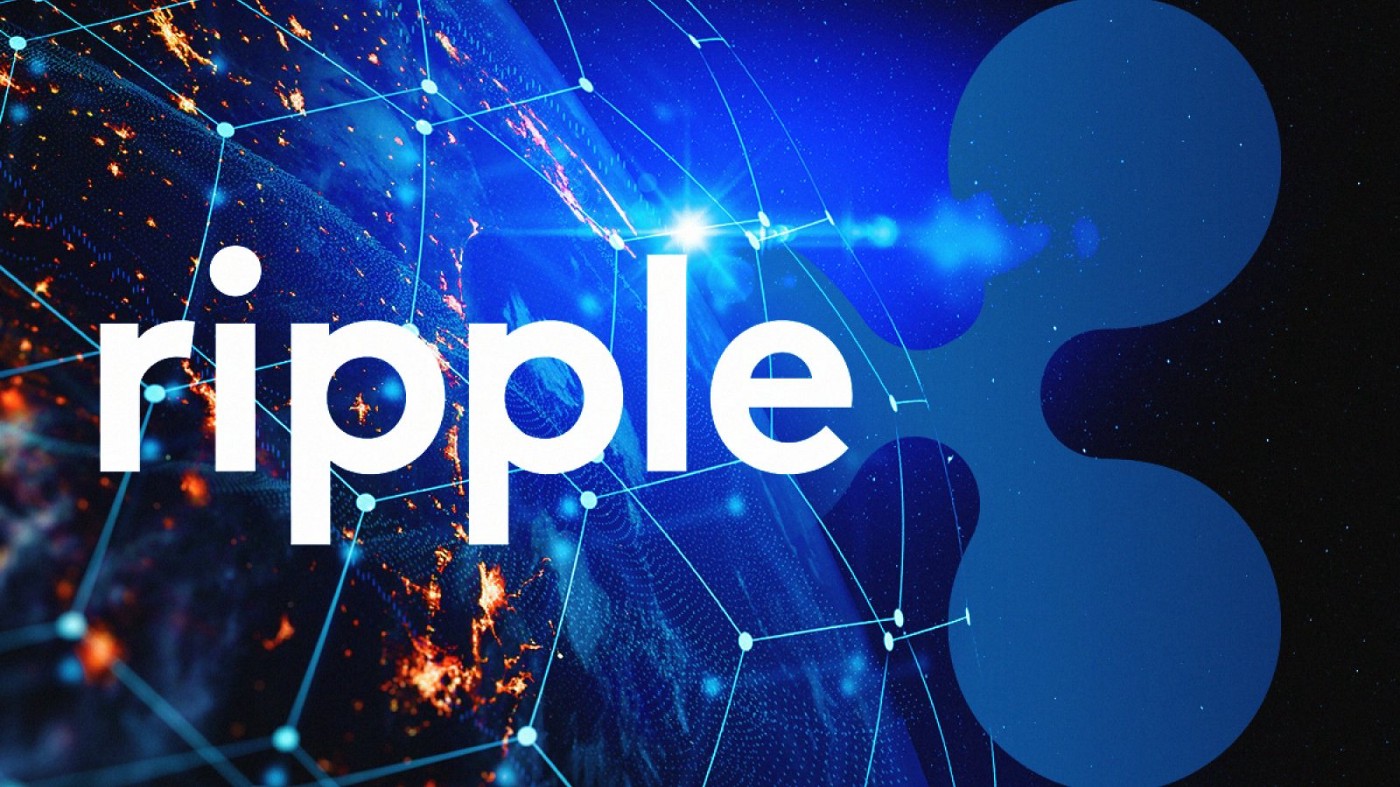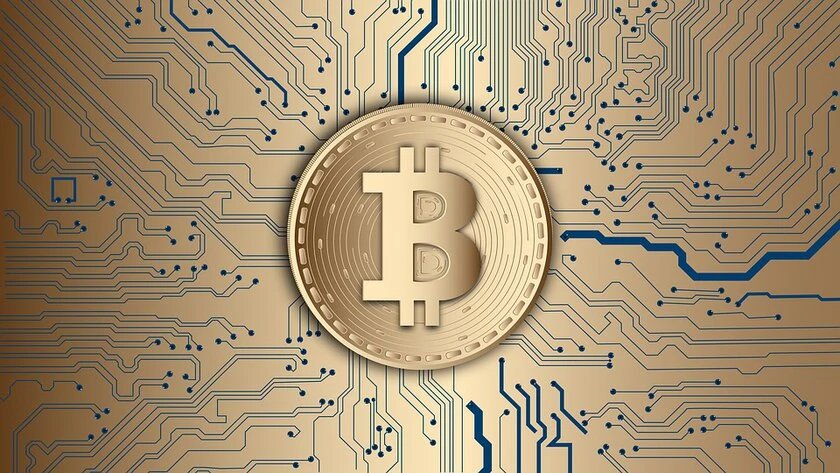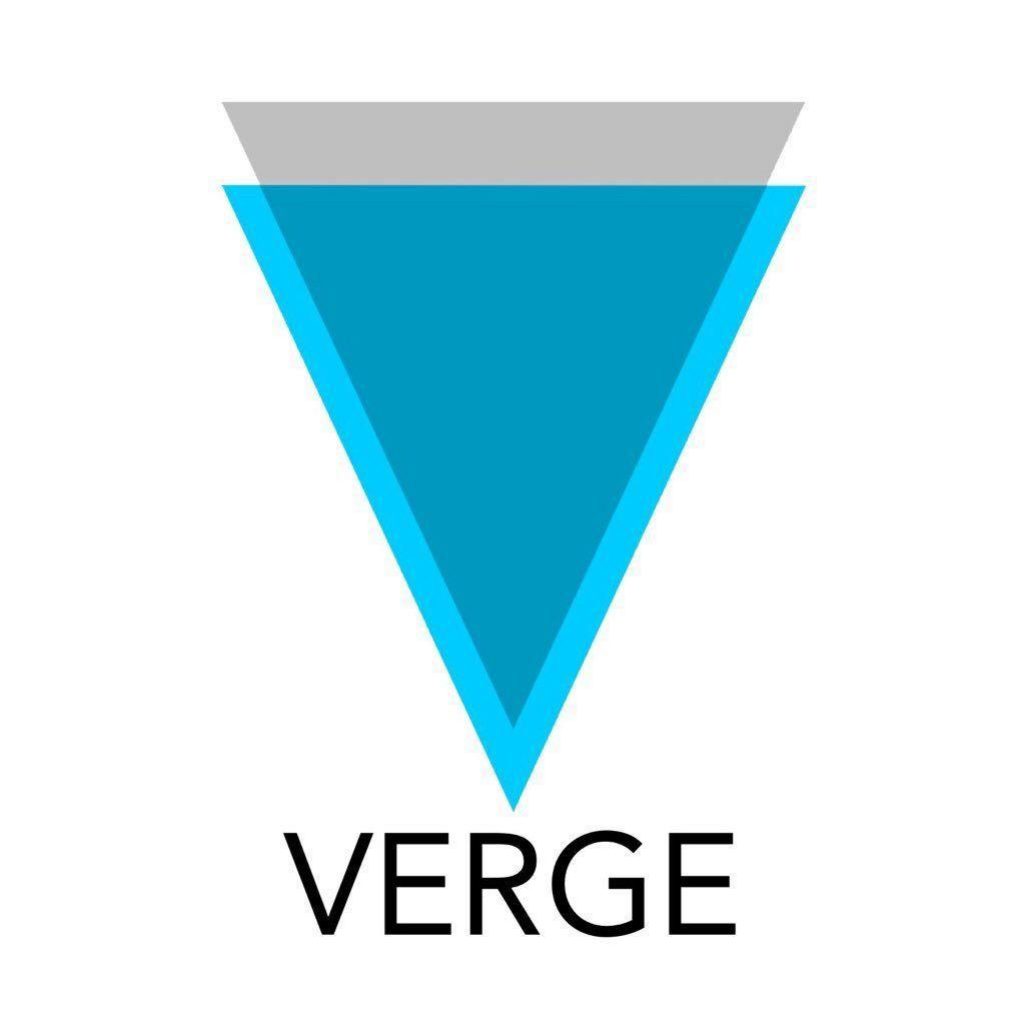If you are just starting your crypto journey, you may have heard the term “mining” thrown around a lot. Mining in the crypto world doesn’t refer to hard-boiled workers with coal-smeared faces. Instead, it refers to people who provide proof that they can be trusted to add new transactions to the blockchain ledger. As a reward, they receive newly “won” coins, which then enter circulation.
However, it is important to note that not all coins behave this way AND not all coins can be mined …..
Which brings us to the Ripple Network.
Why can’t XRP be mined?
Before we look at why XRP cannot be mined, let’s examine how Bitcoin mining works. Essentially, a “miner” solves a series of complicated mathematical problems to prove that they are trustworthy enough to generate new blocks in the blockchain. The important part is spending computer resources as proof of work that allows the rest of the network to trust that particular user. This responsibility allows the miner to earn some coins in exchange. These are coins that are newly circulated. Therefore, new bitcoins are put into circulation when the entire network reaches a consensus to reward a particular miner.
On the other hand, the launch of the new XRP is not dependent on the network, but is entirely controlled by its creators, the US company Ripple Labs. Ripple claims to have 100 billion XRP available, but only 39.8 billion are currently in circulation. The entry of new XRP into the market is entirely dependent on Ripple Labs putting funds into the market. This gives them significant control over the market price.
It is important to realise that XRP is still traded on a blockchain network. This means that it has the characteristics of other blockchain-based currencies, including a network that is robust against hacking and easily searchable transaction information that allows for transparency. The only difference between this “non-minable” network and traditional blockchain currencies is that this network is actually hierarchical, with Ripple Labs running much of the show.
Is it decentralised?
Probably the most revolutionary feature of cryptocurrency is that it is exchanged on a peer-to-peer network. This means that there are no central authorities setting rules that everyone must follow in order to use the network. This is called decentralisation. To drive the point home, think of cash or fiat as a centralised network. The government sets the rules for exchanging this paper currency. It determines who can print more money, which bills are official and which are not, and it can also track the exchange of these funds for tax purposes.
In a peer-to-peer network, two parties can deal directly with each other, no third party needs to be involved. Their information remains private and the actual exchange is done over a blockchain network, so all nodes have to agree on the validity of that transaction, making it extremely secure.
In this context, the lack of XRPs mining becomes really controversial. For many crypto enthusiasts, a cryptocurrency controlled by a central authority is an abuse of blockchain technology. The point of blockchain is to establish a democratic consensus that allows the network to function without intermediaries. For this reason, in the eyes of many, Ripple Labs is not completely breaking away from a traditional banking framework as justified by the introduction of the cryptocurrency.
The counterargument
In the heat of such a debate, it is important to consider the opposing viewpoint. There is no doubt that Ripple has shed the decentralised nature of its XRP network in favour of faster transaction speeds, lower fees and more authorised control. However, let’s look at what the principle of “decentralisation” actually means. Is there really no hierarchy in the Bitcoin network?
Decentralisation, i.e. the absence of central authorities, is not completely feasible. Certainly with blockchain networks like Bitcoin, proof of work can be done by anyone on the network, which means anyone can earn mining rewards. This makes it decentralised, as there is no hierarchy between nodes. However, as bitcoin prices continue to rise, so does mining reward. This means that there is much more competition to gain the trust of the network. Usually, as competition between miners increases, those with better computing resources, such as more storage and better processors, come out on top.
Now it’s important to ask, is this really decentralised? It seems like the miners with access to the most computing resources are the ones putting new coins into circulation. In other words, this network is also hierarchical.
The conclusion
No cryptocurrency is perfect. There will always be trade-offs between three main features of a crypto asset, namely: decentralisation, faster transactions and scalability.
Ripple is a company that develops products for banks. The centralised nature of this network starts to make sense when you consider that banks are more likely to trust products that are controlled by a notable company. There is less risk involved.
You can still earn new XRPs by mining. Just mine another cryptocurrency and exchange it for XRP, that’s the only way to earn XRP coins.
Do not trust any websites that offer you XRP mining. Just to reiterate, in case you missed it, XRP mining is not possible, so anyone offering you the opportunity to mine XRP is probably a scammer.



